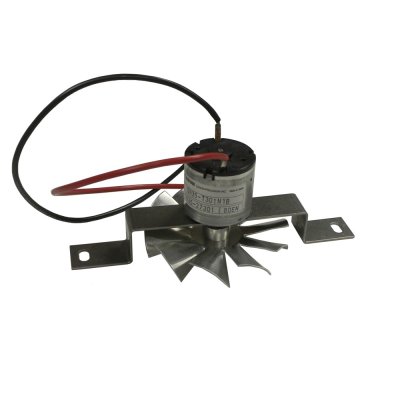tmiller1116
Veteran Member
so, have one of the Dickinson heaters (actually 2, but issue is with this model). The heater ran fine last year, but seems tot be having some kind of issue this year... trying to figure out what is causing it.
I start with a clean burner, no carbon. light it, adjust it and have a beautiful yellow dancing flame.. puts out lots of heat with setting just over 1. Makes it all nice and toasty.. but by morning the flame is lower, not putting out as much heat and when I cool and check it, there is considerable carbon built up on the base of the burner ring. Almost to the point of completely scabbing over the open circle.
Often when it starts acting up, the flame is "pulsing" where it is a low flame with an almost regular pulse of flare up for a second then back down to low flame. The flames are nice and yellow at this point, but they are a bit low in the burner ring and there is often some blue flames around the ring.
I have cleaned it completely of carbon... verified all fuel flows as good and proper rate... replaced the fuel pump... cleaned it again... played with the air flow.. played with the barometric damper... cleaned it again... used smaller pieces of paper to light it.. used bigger pieces of paper to light it...
occasionally it will run good the whole weekend.. but then goes back to acting up.... as soon as it does I can guarantee that the there is a bunch of carbon on the burner ring base and around the bottom of the burner bowl...
I love using the heater.. it makes good heat (when running right) and helps keeps the humidity down. Any ideas? Has anyone ever seen this "pulsing" effect before?????
I start with a clean burner, no carbon. light it, adjust it and have a beautiful yellow dancing flame.. puts out lots of heat with setting just over 1. Makes it all nice and toasty.. but by morning the flame is lower, not putting out as much heat and when I cool and check it, there is considerable carbon built up on the base of the burner ring. Almost to the point of completely scabbing over the open circle.
Often when it starts acting up, the flame is "pulsing" where it is a low flame with an almost regular pulse of flare up for a second then back down to low flame. The flames are nice and yellow at this point, but they are a bit low in the burner ring and there is often some blue flames around the ring.
I have cleaned it completely of carbon... verified all fuel flows as good and proper rate... replaced the fuel pump... cleaned it again... played with the air flow.. played with the barometric damper... cleaned it again... used smaller pieces of paper to light it.. used bigger pieces of paper to light it...
occasionally it will run good the whole weekend.. but then goes back to acting up.... as soon as it does I can guarantee that the there is a bunch of carbon on the burner ring base and around the bottom of the burner bowl...
I love using the heater.. it makes good heat (when running right) and helps keeps the humidity down. Any ideas? Has anyone ever seen this "pulsing" effect before?????


